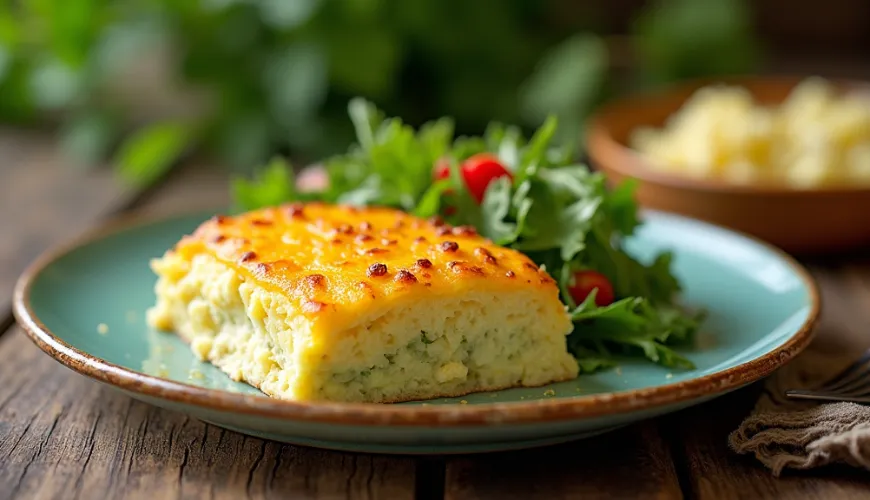
Gardening with Chayote: How to Do It and What to Expect

Čajot – an Unusual Vegetable Making Its Way into Czech Gardens and Kitchens. Although it is among the lesser-known crops, growing it is not particularly difficult, and its culinary uses are surprisingly broad. Many know it by the name chayote, sometimes referred to as Mexican cucumber or vegetable pear. It originates from Central America but is now grown in warmer regions worldwide. And although the Czech Republic is not exactly a tropical country, with a bit of interest and the right approach, this plant can grow here too.
What is Chayote and Why Should You Care?
Chayote fruits (Sechium edule) have a light green, smooth to slightly warty skin and a distinctive pear-like shape. The flesh is light, crisp, juicy, and tastes something between a cucumber and zucchini, though some people find hints of apples or potatoes in it. One of the biggest benefits of chayote is its low-calorie content combined with high water content, fiber, and essential micronutrients, especially vitamin C, folic acid, and potassium.
Try our natural products
It's a vegetable ideal for anyone looking for alternatives to commonly available types or trying to reduce carbohydrate intake. It’s great in salads, soups, casseroles, or as a side dish. In some cultures, the entire chayote is used – not just the fruit but also the young shoots, leaves, and even the tubers the plant produces.
How to Start – Where to Get Seeds and What to Plant
You might be wondering: “If chayote is so special, why am I hearing about it for the first time?" The answer is simple – it is not yet widely grown in the Czech Republic, so it's not commonly available in supermarkets or nurseries. But that is slowly changing. So if you want to try growing chayote, the first question is: where to buy chayote seeds?
In reality, seeds as such are hard to come by – chayote is not grown from seeds in the traditional sense but from the entire fruit, which already contains one large sprout. The best option is to look at foreign specialized e-shops or Czech communities of exotic plant growers. Some sellers offer chayote fruits directly for planting, which just need to be sprouted like potatoes.
If you manage to get a fresh, non-chemically treated fruit, just place it in a bright spot at room temperature and wait for a shoot to emerge from the top. This usually takes several weeks, sometimes longer, depending on the conditions. Once the shoot is long enough, it's time for transplanting.
How to Plant Chayote and What It Needs to Grow
Chayote is a climbing plant with vigorous growth that needs plenty of space, warmth, and sunlight. Under our conditions, it’s best to plant it in open ground after the "ice saints", in the second half of May, when there is no risk of ground frost. Until then, it can grow in a pot or container indoors.
Planting is simple: the entire sprouted fruit is buried in the soil so that the top part with the shoot remains outside. Choose a location with quality, well-drained soil and full sun. The plant needs support – an ideal trellis, pergola, or fence for climbing. With a bit of care, your chayote will grow several meters high during the summer and create a lush green wall.
Aside from watering during dry periods and occasional fertilization with organic fertilizer, it is not very demanding. However, it prefers moist but not waterlogged soil. During the season, yellow flowers appear, followed by the fruits themselves. In Czech conditions, harvesting is usually possible from September to October, depending on the weather.
With proper care, the plant will also produce tubers that can be stored after harvest and replanted in the spring. This makes chayote more than just a seasonal vegetable – it can become a permanent part of your garden.
What to Cook with Chayote? Recipes That Surprise
Once you grow chayote, the question arises: what to do with it? In the kitchen, it is an unexpectedly versatile ingredient. It can be eaten raw or cooked, both savory and sweet.
As inspiration, here's a simple yet tasty recipe for chayote baked gratin with cheese:
Baked Chayote with Parmesan
Ingredients:
- 2 larger chayotes
- 2 cloves of garlic (chopped)
- 1 tablespoon olive oil
- 50 g grated Parmesan
- 100 ml whipping cream
- salt, pepper, a pinch of nutmeg
Instructions:
- Peel the chayotes, cut them in half, and remove the seed. Slice them thinly.
- Lightly sauté the garlic in oil in a pan, add the chayote slices, and briefly stew.
- Place the mixture into a baking dish, pour over the cream, sprinkle with Parmesan and seasoning.
- Bake in the oven at 180 °C for about 25 minutes until the top turns golden brown.
The result? A delicate texture, creamy taste, and pleasantly cheesy crust, which will delight even those who have never heard of chayote.
Another popular way to prepare it is as chayote salad with lemon dressing, fried chayote fries, or even chayote smoothie with apple and ginger. Creativity knows no bounds, and thanks to its neutral taste, chayote easily adapts to various cuisines – from Asian to Mediterranean.
A Practical Experience – How Chayote Transformed a Garden
In a small village near Litomyšl, Mrs. Marie decided to try chayote after hearing about it from her daughter living in Mexico. She ordered a fruit online, sprouted it, and planted it near an old pergola. "I didn't expect it to grow so quickly. By the end of summer, my pergola was completely green, and by late September, I harvested almost twenty fruits," she recounts. Today, she plants chayote every year and supplies it to her family and neighbors. "We love pickling it like cucumbers – it's crispy and tastes great. And this year, I even added it to our traditional dish instead of celery," she adds with a smile.
Such stories show that even unconventional crops can find a place in the Czech landscape and kitchen if given a chance.
Although chayote remains an undiscovered treasure for many people, its benefits – whether nutritional, ecological, or aesthetic – make it a crop that is definitely worth attention. At a time when there is a growing interest in sustainable cultivation, local foods, and diversity in the diet, chayote is one of those small discoveries that can bring great joy.







